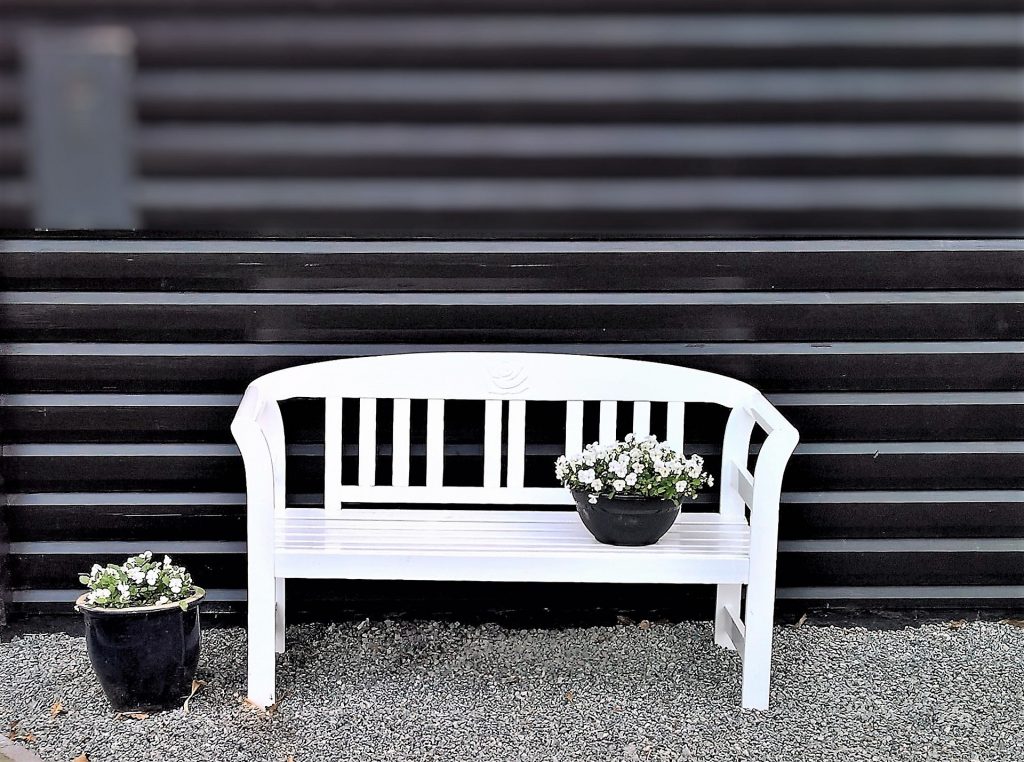Stress Incontinence & pelvic floor support
Does coughing, sneezing, or laughing too much cause you to leak urine? You might be experiencing a urinary problem which is the most common form of incontinence in women. Incontinence is defined as an involuntary loss of urine that is enough to cause a social or hygiene concern.
Urine is produced by the kidneys and collected in the bladder, which expands like a balloon as the volume increases. When full, the bladder empties itself by releasing the urine via the urethra. Most people need to pass water every three to four hours during the day and up to once or twice in the night. For normal urination, the muscular wall of the bladder has to contract at the same time as a valve mechanism at the outlet of the bladder relaxes.
However, urine tends to leak most when one coughs, during intense laughter, or when doing exercise such as jumping or running. In these kinds of situations, there is a sudden extra pressure within the abdomen and on the bladder. Urine leaks because the pelvic floor muscles and urethra cannot withstand the extra pressure. The incontinence develops because the pelvic floor muscles are weakened, reducing the person’s ability to hold the urine and prevent the leak. Stress incontinence is when urine leaks when there is a sudden extra pressure or stress on the bladder.
Stress incontinence is common in women who have had children and those who are overweight and obese. It is also more common with increasing age as the muscles become weaker, particularly after menopause. Women experience incontinence two times more often than men.
Pregnancy and childbirth, menopause, and the structure of the female urinary tract account for this difference. Stress incontinence can worsen during the week before a woman’s menstrual period. During that time, low estrogen levels might lead to lower muscular pressure around the urethra, increasing the chances of leakage. The incidence of stress incontinence increases following menopause. By the age of 75, at least 16% of women experience some incontinence, but younger women can also be affected.
If a woman experiences stress incontinence, she may feel embarrassed and distressed by the condition. It often disrupts work, social activities, interpersonal relationships, and even sexual relations. But stress incontinence is a preventable disorder. Healthy lifestyle choices that may reduce the risk or lessen complications of the disorder include a regular exercise routine, weight management, and limited consumption of caffeine and alcohol.
The main treatment which often works well is to do exercises to strengthen the pelvic floor muscles. If you want to learn Secrets for Strengthening Your Pelvic Floor and Ending Pee Leaks you can try this program >>>CLICK HERE<<<
Kegel Exercises Staying Fit & Active
The Kegel Exercises derive their origin from the name of Dr Arnold Kegel who discovered this wonderful exercise regimen. These are very beneficial for the pubococcygeal muscles also known as Kegel muscles. The idea behind this exercise is to tone these muscles as well as strengthen them thereby avoiding pelvic floor problems.
The primary reason for the exercise was to control incontinence in women following childbirth as well as matured women. But things have changed and now it is advised as an easy way to treat urinary stress incontinence. Another very good reason for you to do this exercise is that it makes your sex life pleasurable! Regardless of your age, you should do these exercises to have a gratifying and enjoyable time in bed.
Causes of weakening vaginal muscles:
- Lack of exercise
- Been through many pregnancies
- Growing age
- Being overweight
Ways to do Kegel exercise:
- One of the easiest ways to do this is to contract the vagina and then relax. Repeat this at least 20-400 times a day depending on your strength.
- The other method is to avoid using your stomach, leg, back, or buttock muscles while doing this exercise. Breathe slowly and deeply. If your abdominal muscles move while doing this asana you are doing it the right way. The movement of your leg and buttocks muscles means you are in the wrong direction.
Kegel exercise is easy to do, it hardly takes any time and you can do it anywhere. Standing in a bus queue, while watching TV, lying down, walking, and pretty much while doing anything else.
It is better to start early and maintain the strength of your pelvic floor muscles. As you grow older, particularly during menopause, the muscles are weakened.
We give a lot of attention to our external look by doing a number of exercises. Kegel exercise helps us improving our body internally. This exercise, if done in a proper and regular fashion, provides great results. This exercise may not work wonders overnight but by regular practice, it will surely reap results. Some may notice changes within two weeks.
How to find the right muscle?
If you have no clue which muscle we are talking about then the answer is the one that is used while you pee. The muscle that helps you control your urinal release, i.e. start and stop urination is the pubococcygeus muscle. One should avoid doing Kegel exercise while urinating.
Benefits of doing Kegel exercise:
- It prevents prolapse and incontinence
- Childbirth becomes much easier and the muscles regain their strength very quickly after birth
- Would increase your confidence level
- More control in bed
If you want to learn how to trust your body again, figure out what’s really going on down there, and practice the key exercises that will help you see rapid improvement with just 5 minutes a day you can try the V-Core Lift Essential Program
Common Causes Of Stress Incontinence
Incontinence can be caused by several medical problems which include diabetes or weak pelvic muscles. For women, drying and thinning of the skin in the vaginal area or the urethra causes incontinence especially after menopause. For men, the enlarging of the prostate gland or some prostate surgeries may be the main cause of incontinence. Although incontinence can affect both genders it mostly affects women.
If the pelvic muscles are weakened, a person will be prone to incontinence. This has been the cause of incontinence for many people.
The build-up of stool in the bowel may also affect a person thus causing incontinence. If a person is unable to move around freely, he may experience incontinence. A simple urinary tract infection may lead to incontinence. Also, those people who have high calcium levels and problems such as diabetes are candidates for incontinence.
It is mostly adults who experience incontinence. This occurs when the bladder contractions have overcome the muscles that are forming a ring around the urethra to keep it closed. Defects in the nerves of the brain might lead to incontinence developing. These nerves control the bladder activity and if they are not functioning properly there is a knock-on effect to other areas in the body. This situation can be caused by a stroke, Parkinson’s disease, or other conditions that damage the brain.
If the bladder is irritated, it might cause spasms that are not normal. This happens frequently with bladder stones or tract infections.
If the normal reflexes are lost, the motion of emptying the bladder could be impaired. This can be experienced by those who are experiencing problems with the nerves that lead through the bladder.
The most frequent situation in older adults is unrestrained contractions of the bladder that build up without other serious fundamental illness or cause.
It is important to understand the causes of incontinence so that you can identify them and try to avoid them. Incontinence may be quite difficult to cure so the proper actions should be practised. Since women are more prone to incontinence, they should be especially watchful for the first signs of incontinence.
“If you spend your whole life waiting for the storm, you’ll never enjoy the sunshine.”
Morris West
If you have enjoyed our article, check for more information and tips on our site Spry Ladies, our Facebook, or our pins on Pinterest and YouTube, too







